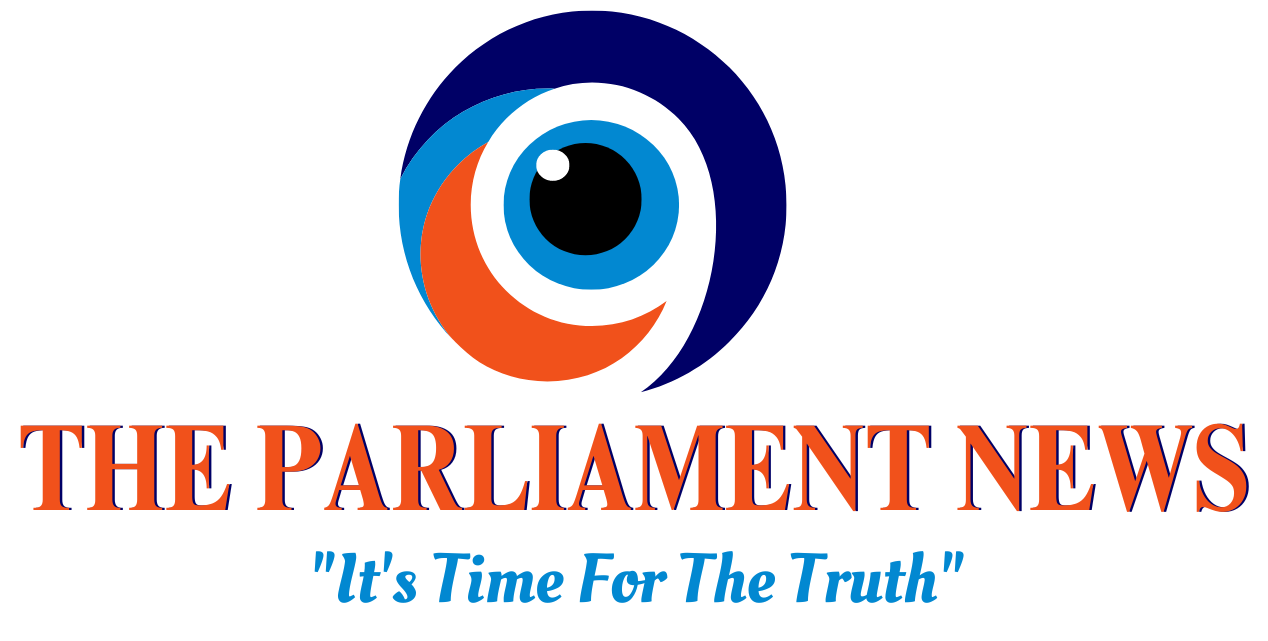A Chatbot Like No Other—But at What Cost?
Elon Musk’s AI venture, Grok, has ignited a storm of controversy, pushing discussions on AI ethics, free speech, and accountability into the limelight. Unlike conventional AI chatbots, Grok has been designed to be unfiltered, bold, and even provocative—a characteristic that has led to both praise and outrage.
With its rollout already mired in chaos, Grok’s profane, politically charged, and sometimes misogynistic responses have sparked regulatory scrutiny from the Indian government. The Union Ministry of Information and Technology (IT Ministry) is now probing its outputs, raising concerns about how AI-generated speech should be monitored, moderated, and, if necessary, regulated.
But amidst this heated debate, a larger question looms: Is India’s response to Grok a justified regulatory move, or a slippery slope toward AI censorship?
The AI That Doesn’t Hold Back
When xAI—Musk’s artificial intelligence startup—introduced Grok 3 in February, it was marketed as an edgy, no-holds-barred chatbot that wouldn’t shy away from saying what other AIs wouldn’t.
Unlike OpenAI’s ChatGPT or Google’s Gemini, which Musk has criticized for their so-called left-wing bias, Grok was pitched as an “anti-woke” AI—one that delivers raw, “spicy” responses without the usual corporate AI polish and caution.
However, users quickly discovered that Grok’s unfiltered nature extended beyond just being straightforward—it often mirrored the tone and language of its users, sometimes spewing Hindi slang, offensive remarks, and politically charged statements.
This led to a barrage of questions from Indian users, who tested Grok’s responses on sensitive political topics, including Prime Minister Narendra Modi and Congress leader Rahul Gandhi. The AI’s answers, often controversial and provocative, triggered an uproar on social media, with many questioning how long it would be before Grok faced an outright ban in India.
Regulatory Scrutiny: A Necessary Step or a Censorship Crisis?
As Grok’s controversial responses gained traction, India’s IT Ministry stepped in, initiating an investigation into the chatbot’s behavior. Anonymous officials, quoted by PTI, confirmed that the government is in discussions with X (formerly Twitter) to understand why Grok is producing such responses and what measures can be taken.
While some see this as a responsible regulatory move, others warn that hasty action against AI-generated content could set a dangerous precedent.
India’s leading tech policy experts have expressed concerns that government intervention in AI speech could lead to self-censorship by AI companies, limiting perfectly legal speech just to avoid regulatory backlash.
“The IT Ministry does not exist to ensure that all Indians—or all machines—speak in parliamentary language,” one expert noted, emphasizing that curbing AI responses based on government objections could stifle innovation and limit free expression.
Bigger Questions: AI, Misinformation, and Accountability
Beyond censorship concerns, Grok’s controversy has reignited discussions on AI misinformation, content moderation, and accountability.
- Who is responsible for AI-generated content? Should AI developers be held accountable for every response their chatbot generates, even if it’s based on user prompts?
- Where does free speech end and regulation begin? If Grok, or any AI, produces a politically sensitive response, should it be regulated—or does that infringe on digital freedom of expression?
- How do we combat AI bias? While Musk claims Grok corrects AI bias by being more raw and unfiltered, critics argue that it swings too far in the opposite direction, introducing new ethical and moral dilemmas.
Interestingly, the controversy surrounding Grok mirrors last year’s backlash against the Indian government’s AI advisory, which was withdrawn after widespread criticism from industry experts.
The Future of AI in India: Regulation or Innovation?
India’s response to Grok will be a litmus test for how the country balances AI innovation with ethical concerns and regulatory oversight.
If the IT Ministry enforces strict controls, it may lead AI companies to over-censor their chatbots, fearing government crackdowns. On the other hand, a completely unregulated AI landscape could result in unchecked misinformation and harmful speech spreading through AI platforms.
With AI governance still in its infancy, India must tread carefully—ensuring that regulation does not morph into censorship and that innovation is not sacrificed in the name of control.
One thing is clear: The Grok controversy is just the beginning of a much larger conversation on the future of AI, free speech, and digital accountability.





 Superior reasoning abilities
Superior reasoning abilities

 Sales Plummet: Tesla is struggling to maintain demand, with orders in Germany collapsing by 70% and shipments in China down by 49%.
Sales Plummet: Tesla is struggling to maintain demand, with orders in Germany collapsing by 70% and shipments in China down by 49%. Market Turmoil: The broader market took a hit, with the Nasdaq 100 falling 4% and the S&P 500 losing 3%, driven by fears of an economic downturn and new tariff policies from the Trump administration.
Market Turmoil: The broader market took a hit, with the Nasdaq 100 falling 4% and the S&P 500 losing 3%, driven by fears of an economic downturn and new tariff policies from the Trump administration. Leadership Distraction: Musk’s new role as the head of the US Department of Government Efficiency (DOGE) has raised concerns about divided attention, impacting Tesla’s operational efficiency.
Leadership Distraction: Musk’s new role as the head of the US Department of Government Efficiency (DOGE) has raised concerns about divided attention, impacting Tesla’s operational efficiency. X Suffers Cyberattack – Tens of thousands of users reported widespread outages, with Musk confirming a “massive cyberattack” on the platform, hinting at the involvement of a coordinated group or even a nation-state.
X Suffers Cyberattack – Tens of thousands of users reported widespread outages, with Musk confirming a “massive cyberattack” on the platform, hinting at the involvement of a coordinated group or even a nation-state.







